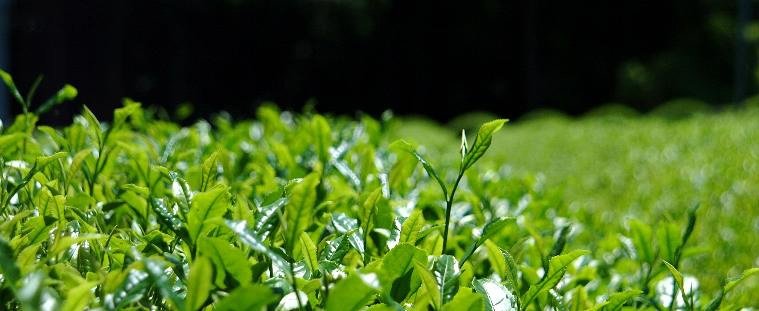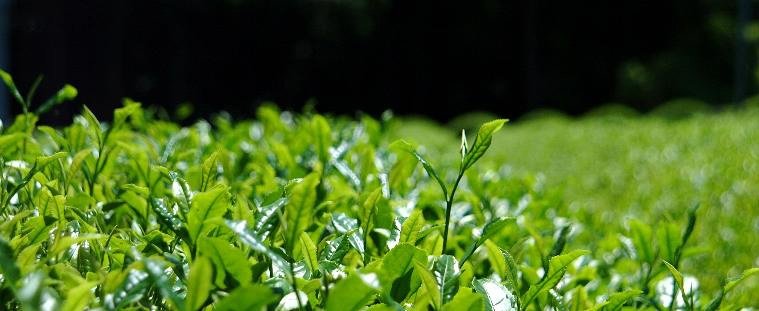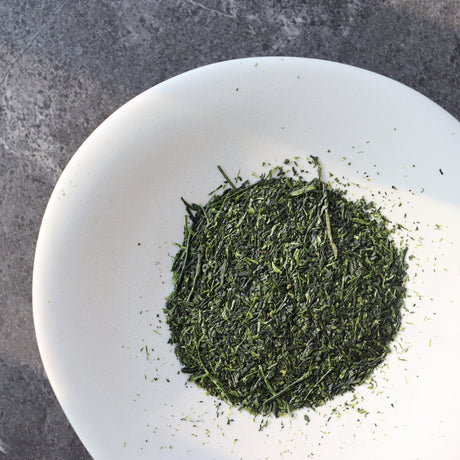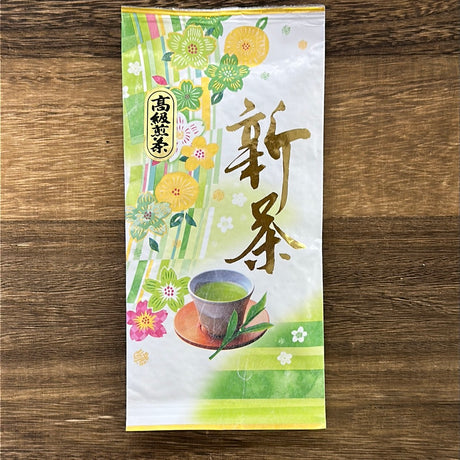Sayama tea is recognized as one of the three best major teas in Japan, along with Uji and Shizuoka tea. In particular, Sayama tea is renown for its taste (in Japanese we have an expression: Aji no Sayama cha which means “the taste of Sayama tea”). This is because Sayama, Saitama prefecture is located in a cold tea producing region, so the tea leaves are thick and accumulate rich and plentiful nutrients. At Hiraoka Tea Garden, we take particular care so that the tea branches are left intact as much as possible. In this way, the number of buds is reduced and a large amount of nutrients can be stored in each tea leaf, resulting in a deep and rich tea. Please enjoy the Sayama tea that we have made with great care!

What is Sayama-cha and why is it so special?
Sayama-cha is a regional specific name for Japanese tea produced mainly in the western part of Saitama prefecture as well as the Nishitama region of Tokyo prefecture. It is the coldest tea-producing region in Japan; thus, tea harvest season is often limited to the ichibancha and nibancha (i.e., 2 harvest seasons; spring and summer). Owing to the cooler climate, Sayama tea is characterized by its thick leaves, which comes with a deep umami and profound richness, and is renowned for its wonderful taste.
Another unique aspect of Sayama tea is that many of the tea farmers in the Sayama region are self-reliant. That is, they have their own tea farm, process their own tea, and they will sell it themselves. Since each tea farmer has a strong commitment and passion in making their own good tea, Sayama teas can greatly differ from one another. In this sense, it can also be said that Sayama is a diverse tea producing area. Finally, although Sayama tea is known as one of the top three Japanese tea producing areas (along with tea from Uji and Yame), it is a rare tea because they are not widely distributed throughout the country, let alone internationally.
*Note that there is a famous tea picking song, which proclaims that the best color of tea can be found in Shizuoka tea, the best scent in Uji, but the best taste is to be found in Sayama tea.
Tea Farming since the Edo Period with Traditional Approaches
At Hiraoka Tea Garden, we have been utilizing the traditional farming method that has been recognized in this region* with composted fallen leaves, a method that has been practiced and passed on for more than 300 years since the Edo period. Our ancestors on this land planted trees to make forests, collected the fallen leaves and used them as compost on their farms. This farming method gradually transformed the land from volcanic ash soil, which offered little in the way of nutrition, to fertile ground. Today, its distinctive landscape and biodiversity have been preserved in the lowland forests despite our location in an urban environment. In 2017, this region was designated as Japanese Nationally Important Agricultural Heritage Systems site under the name, “Farming Method in Musashino Region with Composted Fallen Leaves”.
Special Cultivation Methods
Aiming to do agriculture in an environment-friendly way, we have reduced both the number of pesticides and the amount of nitrogen used as chemical fertilizers by more than 50% compared to the conventional cultivation practices in the region. Our teas have also been certified by Saitama prefecture to be special cultivated products. To export products to the EU, we also carry out pesticide residue inspections.
Aiming for More Profound Taste
As mentioned previously, Sayama tea is renowned for its delicious taste. At Hiraoka Tea Garden, we also do our best to refine the taste of Sayama teas even more. How? When it comes to taking care of our tea bushes, we do our best not to cut off branches. Taken care of in this way, the branches of our tea bushes will be thicker and the number of buds will be decreased and hence, each bud will have potential to become greater in size. This is a method of growing tea bushes called “Gajyu-gata” in Japanese (芽重型栽培; meaning bud-heavy type in contrast to 芽数型栽培 (“Gasu-gata”); meaning bud-numerous type). In this type of cultivation approach, a large amount of nutrients can be stored in one tea leaf which makes the tea leaves even richer. Additionally, to enhance the taste and umami (sweetness) of our teas, we also try to increase the amino acid content by a process of shading for a certain type, depending on the type of tea.
Our Commitment to Making Good Teas
In order to make shincha (new tea) with a refreshing aroma, it is essential to stop oxidative fermentation while the leaves are very fresh, shortly after harvesting. At Hiraoka Tea Garden, our tea farms and tea factories are close to each other. Therefore, we are fortunate that the harvested tea leaves from the farm can be brought in quickly to be processed in our factory. Our tea leaves are thick and full of nutrients (i.e., a characteristic of Sayama tea), which presents a challenge when steaming them to the core. For this reason, we steam the leaves longer than usual with plenty of steam to stop the process of oxidative fermentation. In this sense, our shincha can be said to be a medium-to deep-steamed sencha. After that, in the process of kneading the tea, the temperature is set approximately the same as that of human skin, and the tea is slowly kneaded to bring out the taste with care.
On the other hand, when making black tea, it is important to allow a natural process of withering over time (in Japanese, this process is called ichoka). At Hiraoka Tea Garden, we do not force the wilting of the tea leaves, but slowly allow the aroma to develop. In fact, we apply this approach to senchas to make "withered sencha" (icho-sencha), which will bring out the aroma of the tea.
























